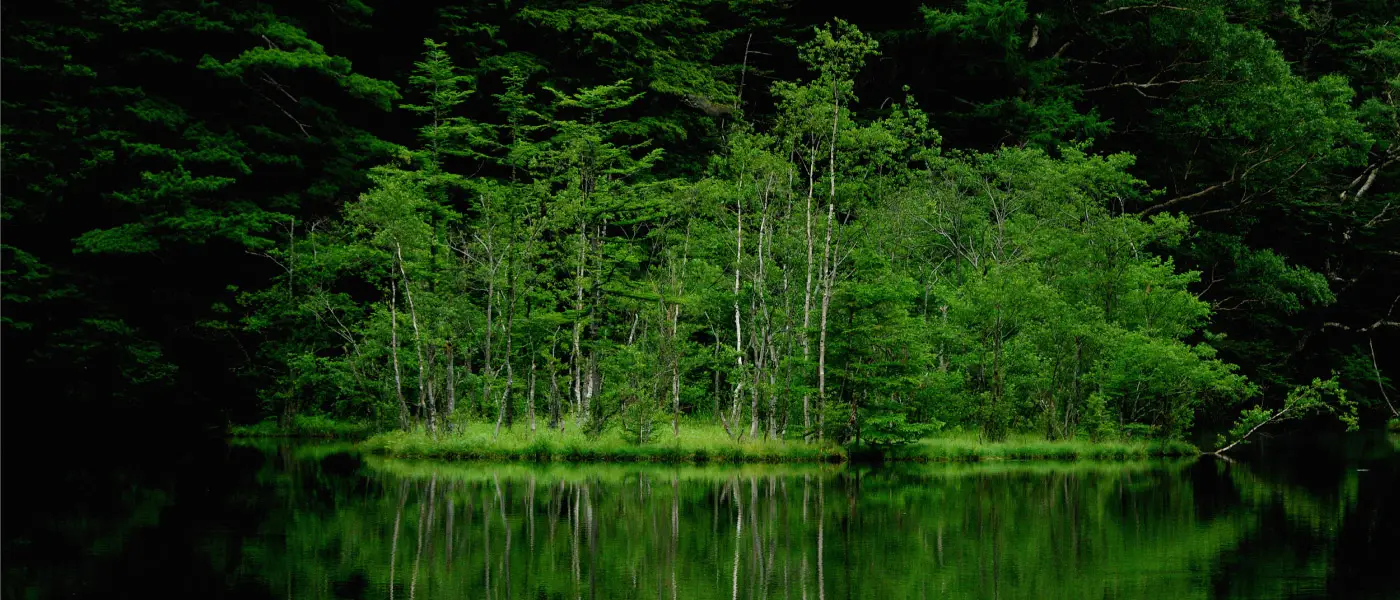Written by: William Habington
May 19th, 2016
Recently, we've been receiving an unprecedented number of questions about springtime hiking and climbing with questions ranging from which mountain huts are currently open to which peaks are recommended for spring summits. As a site catering to more casual visitors, we don't usually dispense information about mountaineering, especially in the springtime when residual snow poses particular dangers. So before continuing, I need to say very emphatically: we strongly discourage anyone whose experience and/or fitness is in doubt from attempting a spring summit. If you have even the slightest doubt that a mountain trek or climb might be beyond your ability, cancel your plans in favour of something less ambitious. It is quite often a matter of life and death, and at all times people venturing into the mountains must take responsibility for their own safety. The brave men and women serving on police rescue teams save many lives every year, but we'd rather it didn't come to that.
So as you may have guessed, the theme of this post will be safety. Safety first, saftey last, safety all day long. Safety in the morning, safety in the evening, safety at supper time. Safety, safety, safety, and furthermore safety. In a word: safety.
Get it?

To create this post, we have compiled up to date reports from mountain huts around the Hotaka peaks and the Karasawa Col. The most detailed reports, from the Hotakadake Sansou, are from May 6th and we believe them to be a good indication of conditions during the month on May.
Many have noted that, due to an unseasonably warm winter, there is less snow on the mountains than usual this year. This is acurate and is esepcially relevant in the case of the Yakedake whose easier courses make it more widely accessible to hikers of various levels. Up beyond Karasawa, however, it's a different story.
Speaking as someone who cut his teeth as a mountain walker on hikes in the Hotaka Range, I am familiar with the area as well as all the delights and dangers it offers. Currently, the hike from Kamikochi to Karsawa is doable for fit and well-equipped beginners. Eight point crampons are recommended and some sort of walking aid such as poles or an ice axe can also make the trek easier. It is time consuming and can be slippery in places but the payoff at the end of the trek is well worth it.

On arriving for the first time at the Karasawa Goya, I soon learned that there was a big different between the hike from Kamikochi to Karasawa and the hike from Karasawa up to the surrounding peaks: namely the way up becomes steeper and snowier and the light gear required for the first leg of the journey is no longer enough.
Here follows a checklist of things to consider before attempting a springtime summit:
--10 to 12 point crampons (アイゼン or "aizen" pronounced "eye-zen" in Japanese) with agressive forward spikes are needed for spring climbing in steep, snowy areas as is a good ice ax. These items can not be rented onsite, so please acquire and equip them. Don't have 'em? Turn back.
--Currently, the temperature can fall below zero when the sun is below the horizon. Always aim to conclude your mountain activities before 3pm. If you get stranded out on a slope somewhere after dark, it becomes exponentially harder for rescuers to get to you and chances of survival drop dramatically.
--One feature of spring snow is that it melts and refreezes, meaning that even with the proper crampons, ice ax etc., some patches of snow can be very hard to traverse. People who lack experience with these conditions may be in for a rude shock. Take your time and use your judgement (an honest appraisal of your ability relative to the challenge) in deciding whether to carry on or turn back. Seriously, even major dudes with years of experience under their belts have tense moments in places like these and every year a few of them come to grief in the mountains.
--Weather and snow conditions are subject to sudden and dramatic change. Always bear this in mind.
--Bona fide winter climbing activities such as following tricky traverses between peaks are only recommneded for fit and highly experienced winter mountaineers.

Did we forget anything? If you notice any glaring omissions or require further information or clarification on any point, please let us know in the comments or message us at our Facebook page: https://www.facebook.com/kamikochi/
That's all for now. We trust you are all enjoying the spring weather and hope to see you soon!
p.s. Safety!
Sources of Information:
Hotakadake Sansou website: http://www.hotakadakesanso.com
Kitahotaka Sansou website: http://www.kitaho.co.jp/
Karasawa Hyutte website: http://www.karasawa-hyutte.com




